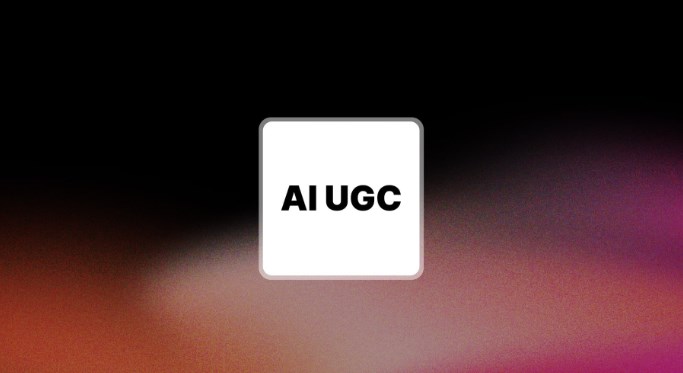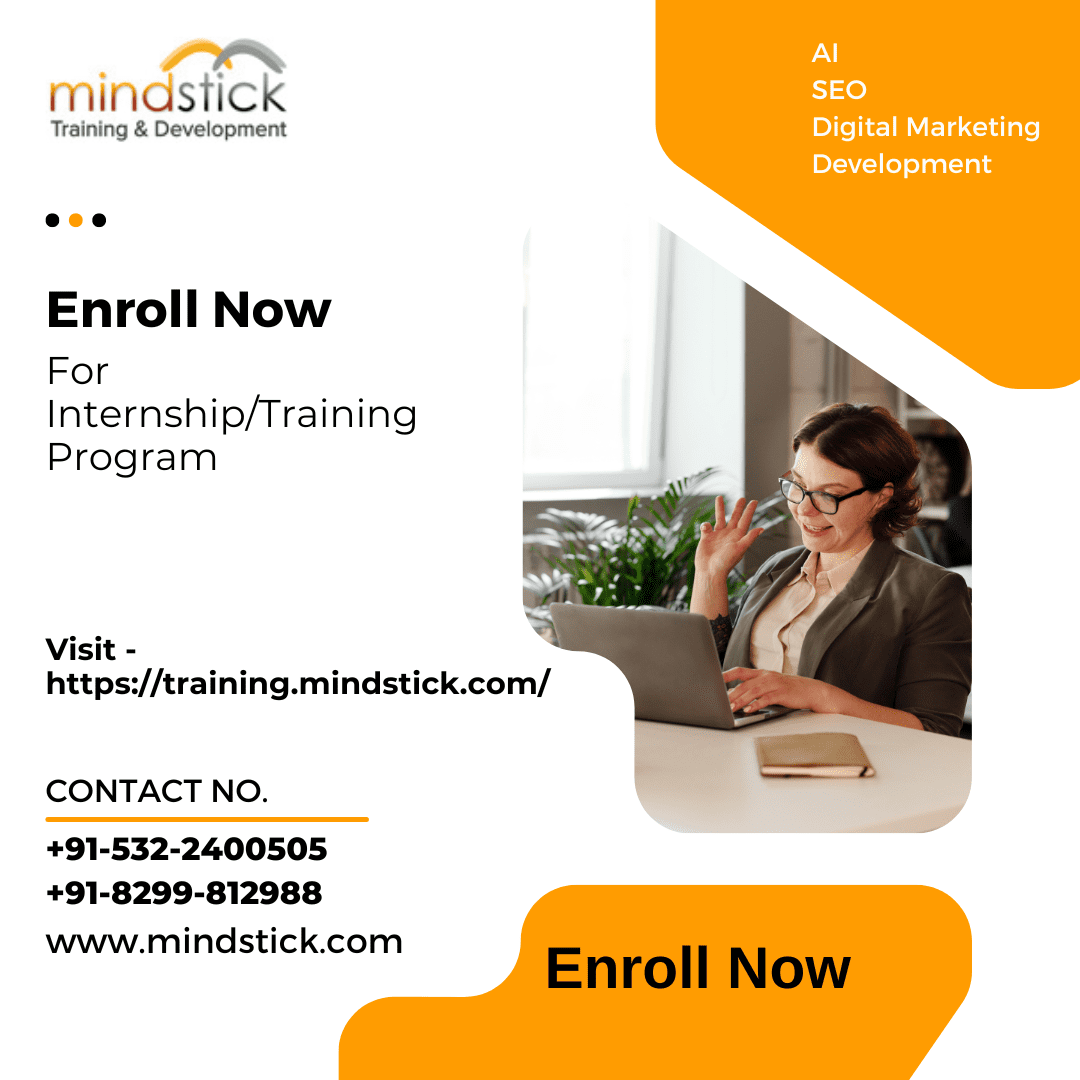User-generated content (UGC) has long been a cornerstone of authenticity and consumer trust. But in recent years, a new twist has emerged: AI-generated UGC. Powered by advances in generative AI, these videos mimic the raw, relatable tone of traditional UGC, but they’re entirely—or partially—produced by artificial intelligence. As this trend accelerates, it's reshaping how brands connect with audiences, create content, and define authenticity in the digital age.
What Is AI-Generated UGC?
AI-generated UGC refers to content that appears to be created by real users but is instead generated by artificial intelligence tools. These tools can produce realistic human avatars, simulate voices, and even script content that mimics everyday experiences with a product or service. The final result? A video testimonial or product demonstration that feels personal, casual, and relatable—just like real UGC—but is made without a human creator behind the camera.
This form of content combines the best of two worlds: the cost-efficiency and scalability of AI with the persuasive power of user-generated storytelling.
Why Brands Are Embracing AI UGC
1. Scalability and Speed
Creating traditional UGC requires brands to coordinate with influencers or customers, manage permissions, and oversee production timelines. AI-generated content sidesteps many of these logistical hurdles. Brands can now create hundreds of “unique” videos in minutes, each customized for different audiences, languages, or platforms.
For example, a skincare brand might use an AI avatar to create product testimonials for multiple skin types and age groups, all localized for different markets. This kind of scale was virtually impossible—or extremely expensive—before AI.
2. Cost Efficiency
Paying real influencers or creators can be costly, especially for top-tier talent. AI UGC dramatically reduces those costs. Instead of paying per video or campaign, companies pay for access to AI tools and licenses. Over time, this significantly lowers content production expenses, especially for brands that need high-volume output.
3. Consistency and Control
Human influencers can be unpredictable. They might go off-message, encounter personal scandals, or deliver content that doesn't align with brand values. AI actors, on the other hand, are fully programmable. Brands can ensure that messaging, tone, and visuals are always on-brand.
This level of control is especially appealing for regulated industries like finance, healthcare, and insurance, where compliance is key.
4. Personalization at Scale
Thanks to AI, brands can tailor messaging not just by demographics but also by behavior and psychographics. Imagine seeing an AI influencer in a video that directly references your recent purchase or search behavior. While this raises ethical questions, it also opens new frontiers for hyper-personalized marketing.
How AI UGC Mimics Authenticity
One of the biggest challenges for AI-generated content is maintaining the illusion of authenticity. Viewers today are savvy and can often detect overly polished or robotic content. That’s why AI-generated UGC leans heavily into the aesthetics of real user content:
Casual speaking styles that mimic the tone of everyday conversation
Handheld camera angles or vertical formats associated with smartphone recording
Scripted “imperfections” like filler words, stumbles, or ambient noise
Human-like avatars created through deepfake or avatar-generation technologies
When executed well, AI UGC can feel as authentic as its human-made counterpart—sometimes even more so, because it’s fine-tuned to resonate with a target audience.
Platforms Fueling the AI UGC Boom
Several AI platforms are now leading the charge in this space:
Synthesia – Creates realistic AI avatars that speak dozens of languages, ideal for corporate and marketing videos.
HeyGen – Popular for making short-form AI influencer content on TikTok and Instagram.
D-ID – Known for turning still images into speaking characters, often used in educational and explainer content.
Runway & Pika – Empower creators with video generation and editing tools powered by generative AI.
These platforms are continuously improving in realism, customization, and ease of use, making AI UGC more accessible to brands of all sizes.
The Impact on Influencer Marketing
AI-generated UGC is also challenging the traditional influencer marketing model. While human influencers still play a vital role in community-building and trust, some brands are now testing campaigns using entirely synthetic influencers. These AI influencers can interact with audiences, promote products, and even build a following—without ever aging, making mistakes, or requiring breaks.
Virtual influencers like Lil Miquela and Imma have already proven that digital personas can attract real engagement. Now, AI tools allow virtually any brand to create its own “in-house” influencer who never sleeps, never demands higher pay, and always follows the brief.
Risks and Ethical Considerations
Of course, the rise of AI UGC is not without controversy. Questions of transparency, authenticity, and consent are front and center.
Deception: If a viewer believes a video is made by a real user when it’s not, is that misleading? Some argue that undisclosed AI-generated content is deceptive and undermines trust.
Deepfake Concerns: The same technology that creates helpful UGC can also be weaponized to spread misinformation or manipulate audiences.
Regulation: As generative AI becomes more prevalent, regulators may step in to require disclosures or restrict certain uses—particularly in political, financial, or health-related advertising.
Creative Impact: Human creators might feel sidelined as brands invest more in AI-driven alternatives, sparking debates about fair compensation and creative value.
To mitigate these concerns, many experts suggest that brands clearly label AI-generated content and use it in ways that complement, rather than replace, human creativity.
The Future of AI UGC in Advertising
As generative AI continues to evolve, we’re likely to see AI UGC become even more sophisticated. Voice inflections, facial micro-expressions, and emotional nuance will improve, blurring the line between synthetic and real. Soon, consumers may engage with AI influencers that can respond to comments in real-time, change their appearance based on trends, and even evolve their “personalities” over time.
But the real future lies in co-creation: brands, creators, and AI working together to produce content that’s faster, cheaper, and more impactful—without losing the human touch. Rather than replacing human storytelling, AI can enhance it by handling the repetitive tasks and enabling creators to focus on strategy, emotion, and originality.
Conclusion
The rise of authentic AI through AI-generated UGC is one of the most transformative trends in advertising today. It offers unparalleled scalability, efficiency, and personalization—but also demands careful consideration of ethics and audience trust.
As consumers grow more accustomed to interacting with synthetic content, the definition of "authentic" may continue to shift. In the future, authenticity won’t be about who made the content—it will be about how well it resonates, how transparently it’s presented, and how genuinely it connects with its intended audience.
AI UGC isn’t just a trend. It’s the next chapter in digital storytelling—and brands that learn to wield it responsibly will shape the future of advertising.




Leave Comment